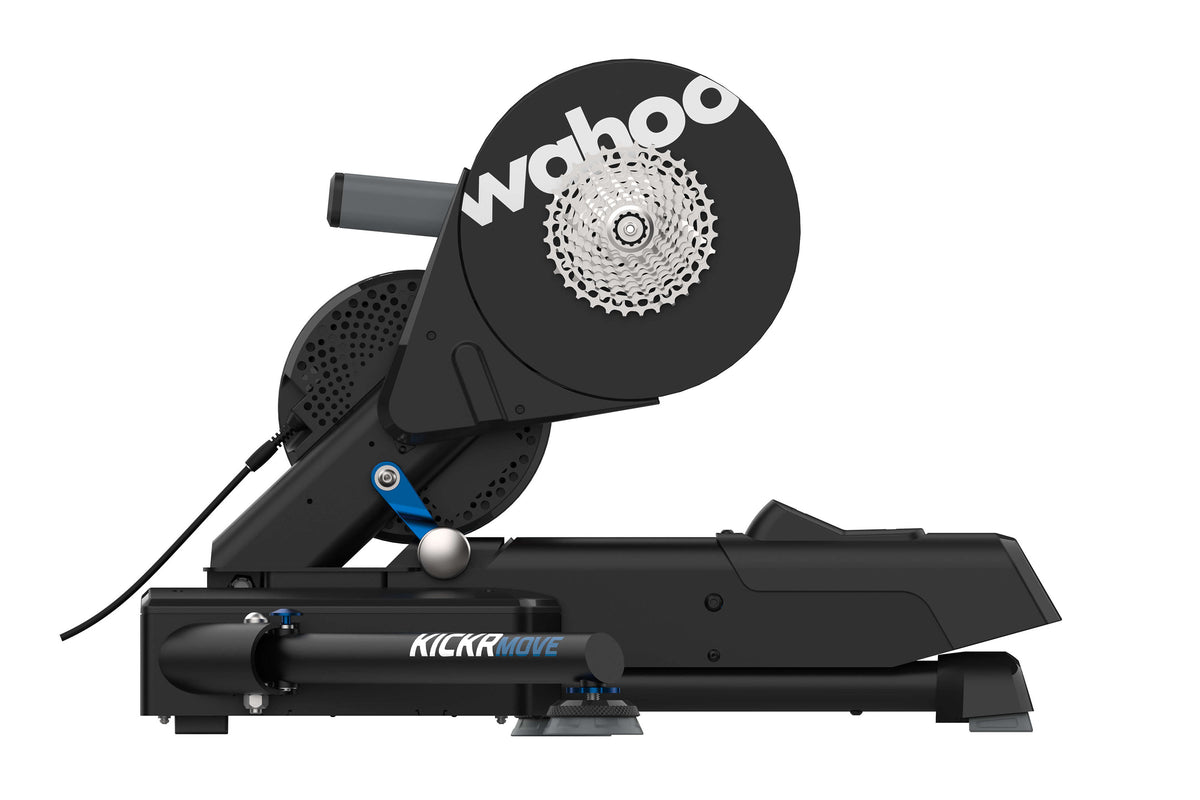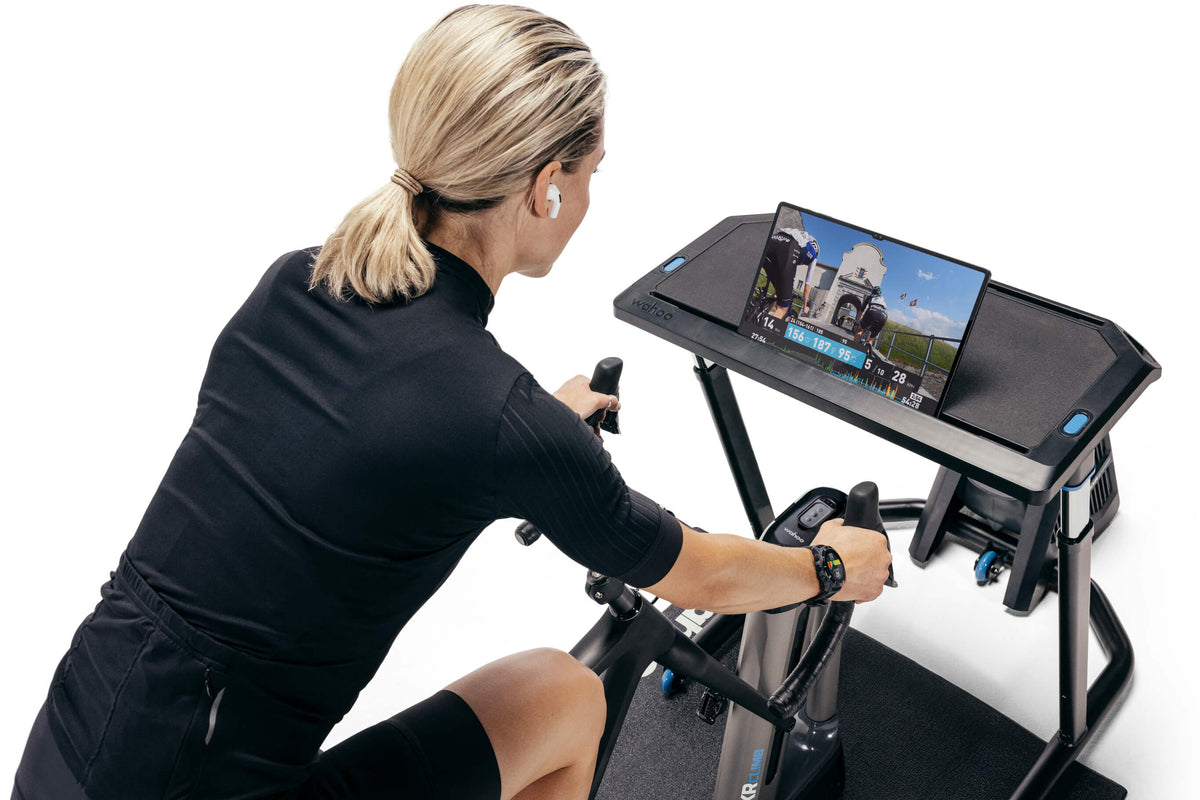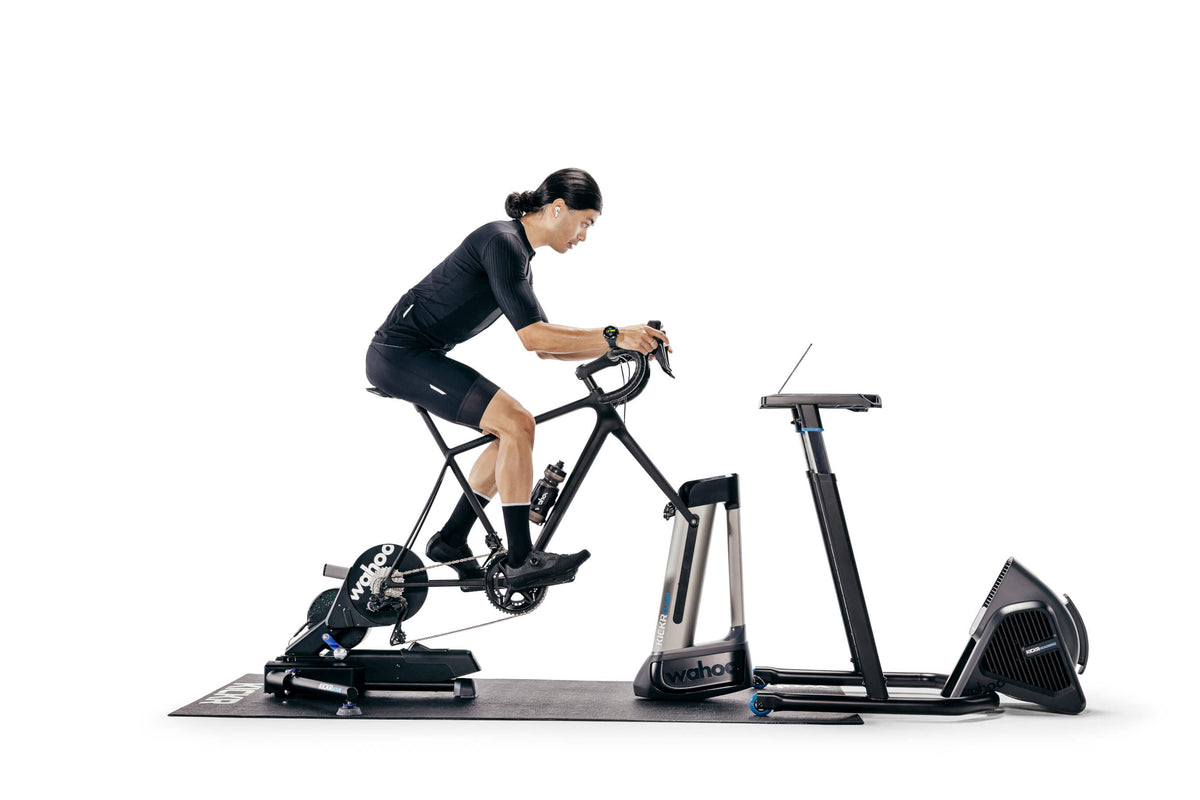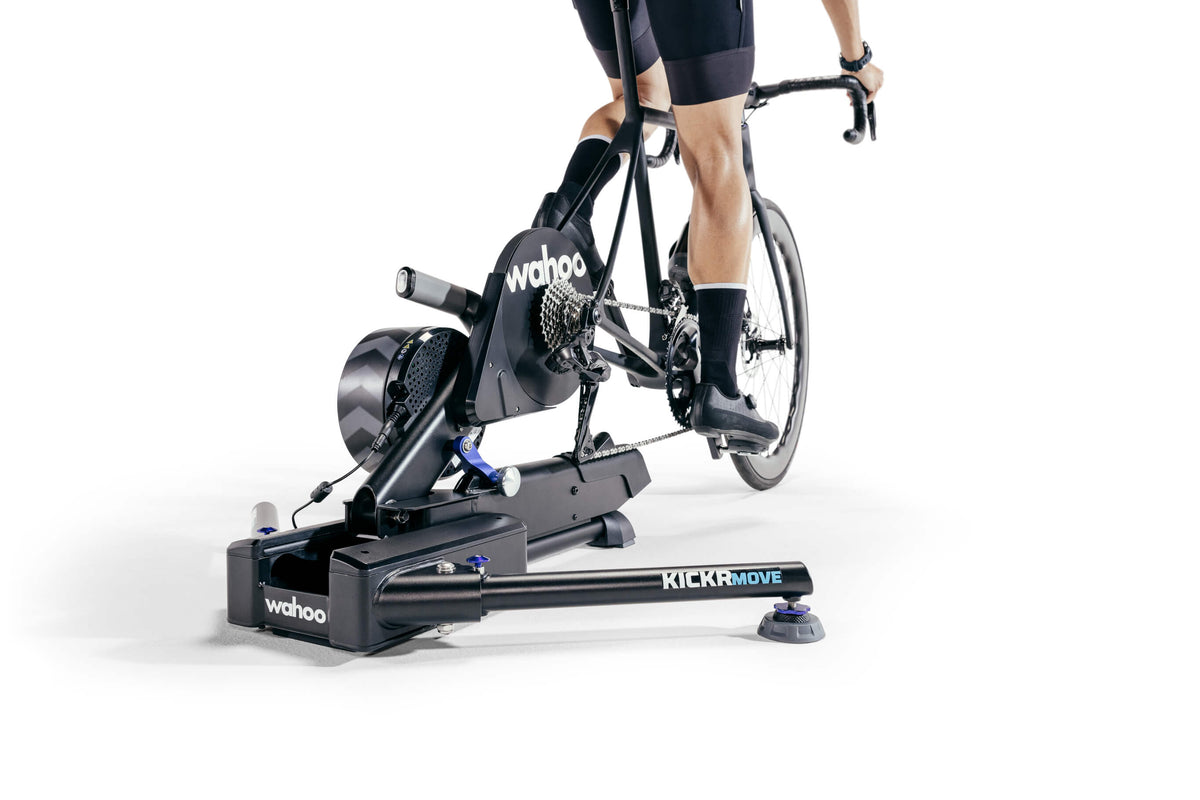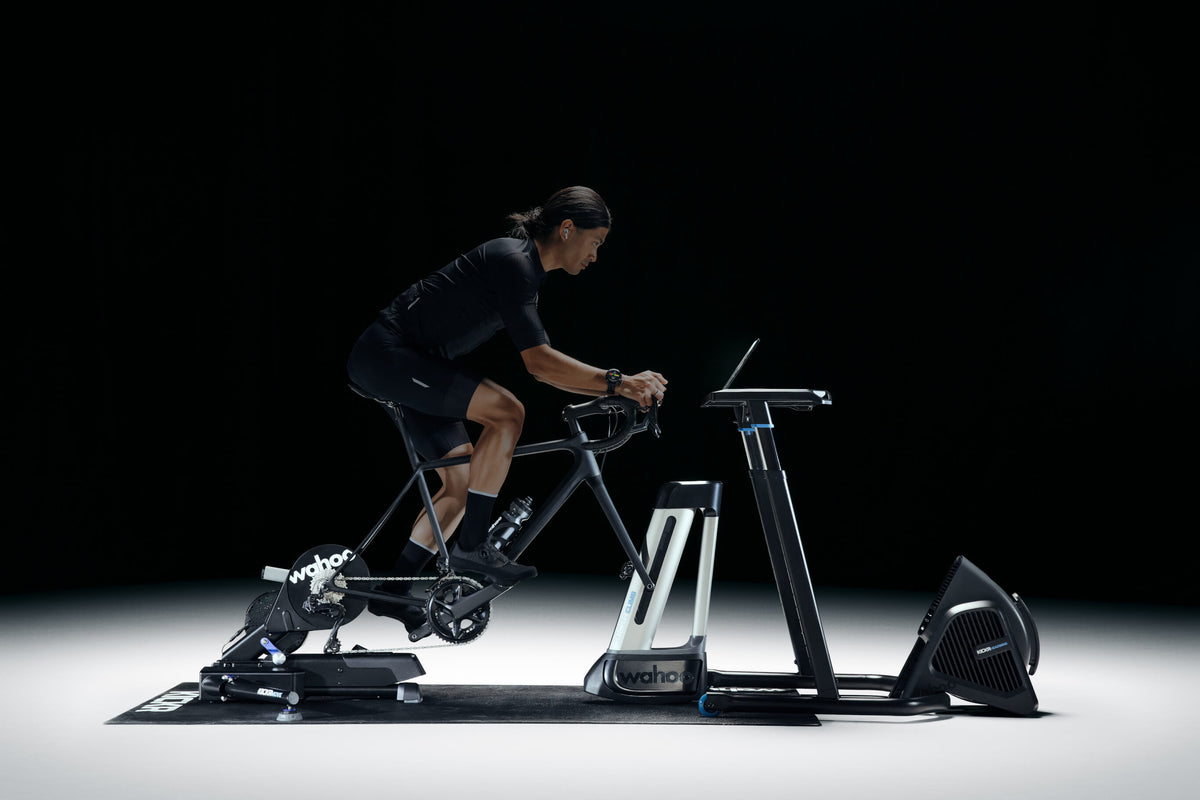
Wahoo Kickr Bike V1
Launched in September 2020 at Eurobike, cycling's biggest cycling trade event, the Wahoo Kickr Bike garnered plenty of attention. There were a few foibles highlighted by early magazine reviews of demo units, and Wahoo spent the winter months ironing out any issues with the technology and launched the Kickr Bike V1 in March 2021. It was an instant hit and received rave reviews. Kickr Bike V1 is now discontinued.
Kickr Bike V2 vs Kickr Bike Shift - comparison chart
Kickr Bike V2
Wahoo updated the Kickr Bike, launching version two in the summer of 2023. The indoor training specialists added Wi-Fi connectivity to the bike, designed to provide greater data transfer speed and stability. Wahoo set out to trick you into thinking you’re riding outdoors rather than on one of the best indoor bikes.

Kickr Bike Shift
The little sister to Kickr Bike V2, Shift has a slimmed down range of features but plenty of realism and adjustability. Shift has the same five-point custom fit, Wi-Fi connectivity, power measurement and virtually silent operation as the Kickr Bike V2.

Wifi Connectivity
Unlike its competitors, including Peloton, Wattbike, and a traditional set of rollers, the bike connects with all the major training apps. Wattbike and Peloton have an integrated screen, displaying proprietary software, whilst Kickr Bike does not. The bike sends all your data to any screen you link it to, be it Zwift on your Apple TV or TrainerRoad on your laptop. Both Kickr Bike V2 and Kickr Bike Shift have the same powerful Wi-Fi connectivity, so there’s no need for wires all over the place!

What’s the difference between Kickr Bike V2 and Kickr Bike Shift?
There are three key differences in ride feel: Kickr Bike V2 has an integrated tilt, V2 resistance is controlled by an electromagnetic motor, and the power output is higher.

How easy is Kickr Bike to setup?
The Wahoo Kickr Bikes are easy to set up despite the weight as it can be supported on its frame while attaching the three large legs. Both bikes only require a 5mm hex key. If your home floor is not dead level, the feet are adjustable so you won’t have any kind of annoying wobble when you ride.
The only remaining thing needed is a pedal wrench or hex key to fit pedals at your desired crank length. The crank length options are 165mm to 175mm in 2.5mm increments, making it possible to replicate your outdoor bike or get an even better fit.
You can also fit your own saddle if you prefer a certain shape, cut out or brand.
You can then set the reach, stem length, and handlebar width to mimic your bike. There are three ways to do this:

Use your existing bike
Using the Wahoo app and viewing your outdoor bike through your phone’s camera, pulling key geometric areas into focus to produce measurements;

Input data from a professional fit
If you’ve had a professional bike fit done, you simply input your figures into the app, which feeds back the comparable values for the Kickr Bike;

Body measurements
If you don’t have a comparable bike, enter your height, inseam and style of riding and the app will make recommendations.

What makes Wahoo Kickr Bike better than competitors?
A zero-calibration software algorithm means no calibration is required for the device between uses.
The adjustability range of Kickr Bike and Kickr Bike Shift is almost unrivalled. For example, with a Wattbike Atom you’re set with a 170mm crank, while the Tacx Neo Bike Smart Trainer has three crank-length options (170, 172.5 and 175mm). Wahoo gives riders five options. This gives you the ability to mimic not only your road bike but MTB and gravel bikes, which may have shorter cranks.
Compared to a turbo trainer. It is virtually silent, the Kickr Bike & Kickr Shift create almost no noise because you don’t have your bike chain moving across your gears.
It’s also the only trainer on the market with Wi-Fi connectivity, which means no wires all over the place and no loss in data recording when you're in the middle of a session or race!
The Kickr Bike and Kickr Bike Shift also come with an odometer to measure total mileage. It sounds unusual but it helps gauge when you need to service the machine.
Who is the Kickr Bike for?
If you want to step up your indoor training, the Kickr Bike is a great option if you have space at home. They’re arguably more convenient, house-friendly, and could save your outdoor bike from extra wear.
Instead of dragging your cruddy bike through the house, re-calibrating resistance, relocating sensors and removing the rear wheel, you just hop on the Kickr Bike and ride at a moment's notice, and other members of your household can adjust to their stored profile and do the same. That's Wahoo's aim: streamline your training and get the best out of the time you have.
Shop Wahoo Kickr Bikes
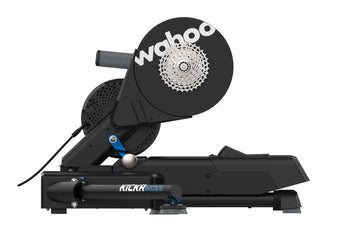 Sale
Sale
